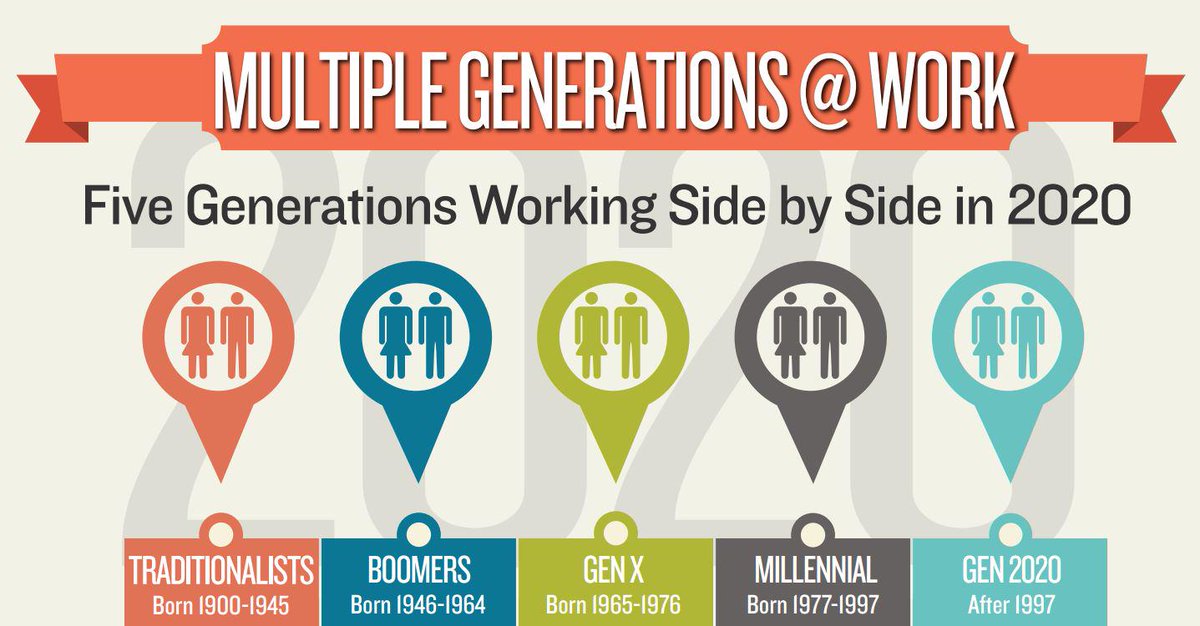What Does Five Generations In The Workforce Mean To You?
In February, ENR Engineering News-Record had a wonderful blog article entitled What Five Generations in the Workplace Means to your Firm, Planning for your Company’s Future by Scott D. Butcher, FSMPS, CPSM. It got us thinking. George Shaw, our founder, was a Traditionalist. Steve Brigman, a Baby-Boomer. Paul Winkelman, a Gen Xer. Our newest partner, Cody Black is a Millennial, and of course new grads out of high school coming into the workforce, are post-millenial or … well … Gen Z or as the ENR article calls them Nexters or Edgers.
It doesn’t appear that anyone has settled on a permanent name for this cohort of newcomers to the workforce yet. None of us really like to be labeled, or stereotyped or lumped into a group. However, it seems apparent that a culture defines a generation and that generation begins to shape the workplace in new ways. According to a New York Times article in January, “In 2015, the Census Bureau said that there were 83.1 million American Millennials (born between 1982 and 2000), exceeding the 75.4 million baby boomers (between 1946 and 1964), and the 65 million that Pew Research said belong in Generation X (between 1965 and 1980). The total number of post-millennials is still unknown. Never the less, Butcher states in his article that, “By 2020, Millennials and Nexters will represent more than 70% of the workforce.”
One of the interesting things about the difference between Millennials and Nexters is that Millennials were raised by the optimistic Baby-Boomers and the Nexters were raised by the more pessimistic and boundary protecting Gen Xers. The Millennials believed the working world would allow them to follow their dreams and fulfill their purpose. Many however had to face the harsh reality of the economic downturn. The Nexters however grew up having to see that many of their own parents had lost their jobs or were subject to cutbacks. The Nexters, therefore, are purported to be seeking more security and long-term employment than the job hopping Millennials. Ironically, economic trends are looking up. Therefore, this may or may not change the trend where, according to the United States Bureau of Labor Statistics, the average length of stay for all employee groups is a meager 4.2 years.
Either way, the message we are integrating here at Shaw Engineering is that investing in our employees, helping them use their unique strengths and develop a purpose linked to their work here is of increasing importance to us. We understand, as the ENR article points out, 70-75% of employees fall under the category of “passive job seekers” according to LinkedIn and CareerBuilder. Those are individuals “who aren’t actively looking for a new job, but would be open to leaving their current firm if the opportunity arose.” We are one of those firms that hope to offer exceptional opportunities for secure long-term employment with tremendous growth potential. We will also be working hard to create a culture that brings out the best in each generation as we work together as a team to protect and improve the health, safety and quality of life in the communities we serve.

